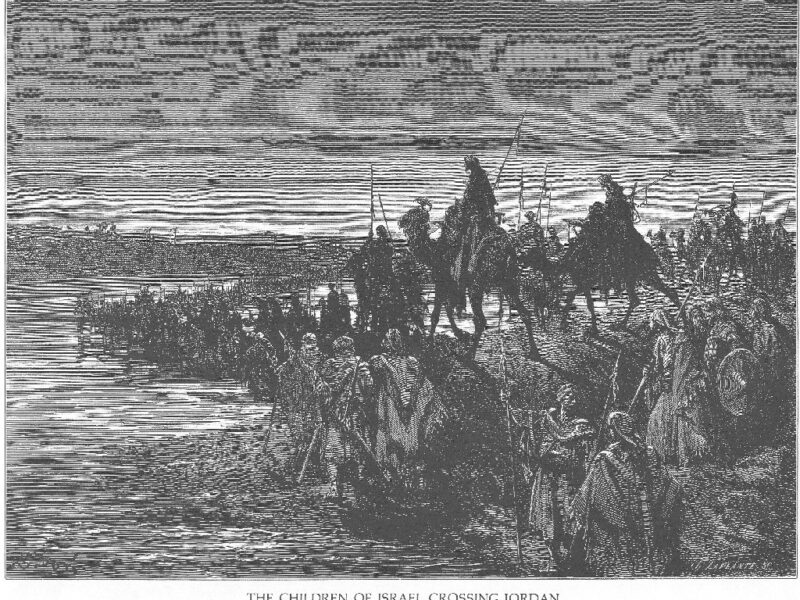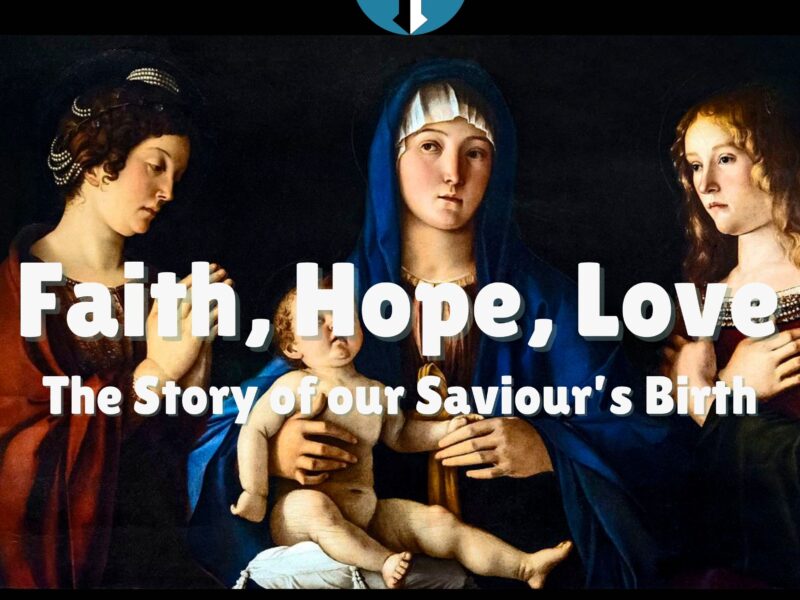
The Advent Wreath
 One of the most beautiful, familiar and striking traditions of this season is the Advent wreath. Placing lighted candles around a wheel made of foliage during winter had been practised by the pre-Christian Germanic and Scandinavian peoples as a symbol of their hope in the god of light turning “the wheel of the earth” back towards the sun to lengthen the days and restore warmth. As the people of Northern Europe were converted to the faith, this pagan practice was Christianised for obvious reasons: humanity had been “sitting in the darkness and in the shadow of death“. Christ comes as “the Light that came into the world” to dispel the darkness of sin and to radiate the truth and love of God. By the Middle Ages this practice had taken on further and more formalised symbolism.
One of the most beautiful, familiar and striking traditions of this season is the Advent wreath. Placing lighted candles around a wheel made of foliage during winter had been practised by the pre-Christian Germanic and Scandinavian peoples as a symbol of their hope in the god of light turning “the wheel of the earth” back towards the sun to lengthen the days and restore warmth. As the people of Northern Europe were converted to the faith, this pagan practice was Christianised for obvious reasons: humanity had been “sitting in the darkness and in the shadow of death“. Christ comes as “the Light that came into the world” to dispel the darkness of sin and to radiate the truth and love of God. By the Middle Ages this practice had taken on further and more formalised symbolism.
 The circular wreath, having no beginning nor end and made up of evergreen leaves, symbolised the eternity, unity and completeness of God and the new everlasting life promised by Christ. The leaves used also pointed to the passion and resurrection of our Lord: the prickly leaves remind us of the crown of thorns; the laurel signifies victory over persecution and suffering; pine, holly, and yew, immortality; and cedar, strength and healing. The four candles represent the four weeks of Advent. One tradition is that each week represents one thousand years, making up the biblical 4,000 years from Adam and Eve until the birth of the Saviour. The colours correspond to the liturgical colours of the season: three violet and one rose (for Gaudete Sunday). In Germany the candles are all red, a custom that is observed in the present Papal household. The Advent wreath is a visual sign of our Advent journey and therefore it has become the practice to light a fifth, white, central candle or the Christ Candle, at the first Mass of Christmas to remind us that the incarnation is at the heart of all our preparation for Christmas.
The circular wreath, having no beginning nor end and made up of evergreen leaves, symbolised the eternity, unity and completeness of God and the new everlasting life promised by Christ. The leaves used also pointed to the passion and resurrection of our Lord: the prickly leaves remind us of the crown of thorns; the laurel signifies victory over persecution and suffering; pine, holly, and yew, immortality; and cedar, strength and healing. The four candles represent the four weeks of Advent. One tradition is that each week represents one thousand years, making up the biblical 4,000 years from Adam and Eve until the birth of the Saviour. The colours correspond to the liturgical colours of the season: three violet and one rose (for Gaudete Sunday). In Germany the candles are all red, a custom that is observed in the present Papal household. The Advent wreath is a visual sign of our Advent journey and therefore it has become the practice to light a fifth, white, central candle or the Christ Candle, at the first Mass of Christmas to remind us that the incarnation is at the heart of all our preparation for Christmas.


